

Williamsburg
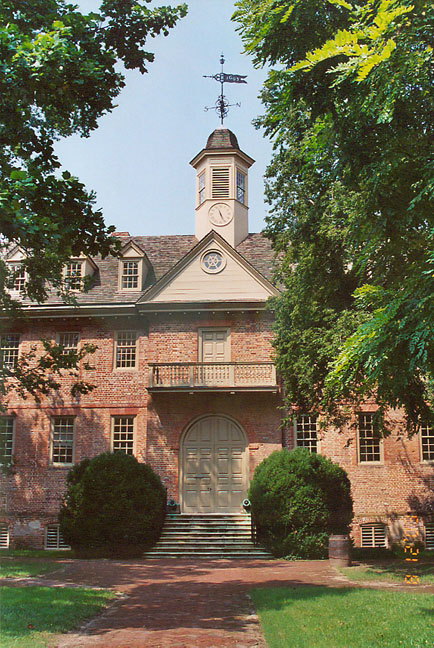
Wren building of the College of William and Mary
Williamsburg (Virginia), city, seat of (but administratively independent of) James City County, southeastern Virginia, on a peninsula between the York and James rivers; incorporated 1722. Tourism is a major industry, and the College of William and Mary, Eastern State Hospital (1773), and a number of manufacturing firms also contribute to the city's economy.
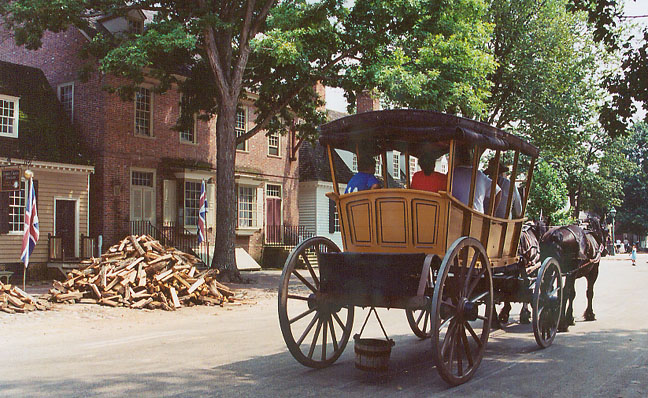
on the Duke of Gloucester Street
More Photos from Duke of Gloucester Street
The community, settled in 1633 as Middle Plantation, was made the capital of
Virginia in 1699 and renamed Williamsburg in honor of William III of England. It
subsequently became a social and cultural center, and notable political debates
preceding the American Revolution were held here.
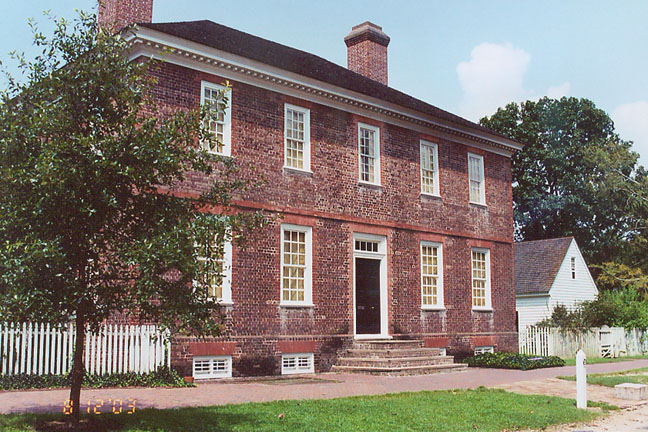
Wythe house
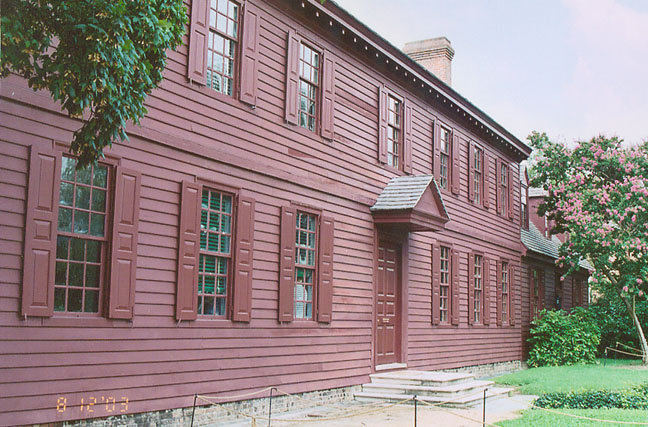
Randolph House
More Photos of Williamsburg homes
The seat of state government was transferred to Richmond in 1780, and Williamsburg declined in importance. During the American Civil War, the city was captured, in May 1862, by Union forces under General George B. McClellan.
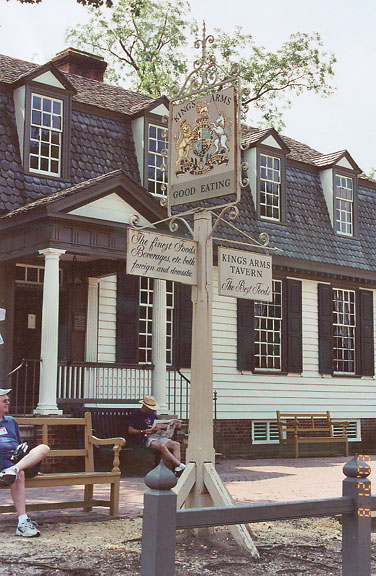
tavern on Duke of Gloucester street
More Photos of Williamsburg taverns
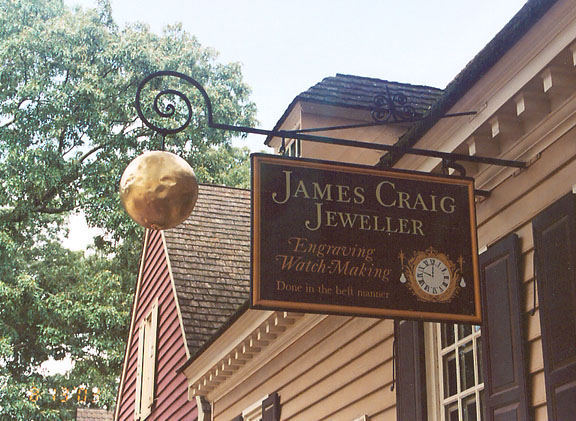
merchant on Duke of Gloucester street
More Photos of Williamsburg Colonial Merchants
Beginning in 1926 the historic area of Williamsburg, in the heart of the modern
city, was restored along colonial lines, a project principally financed by the
American philanthropist John D. Rockefeller, Jr. The area, called Colonial
Williamsburg, contains more than 120 18th-century buildings either restored to
their original appearance or rebuilt on original sites.
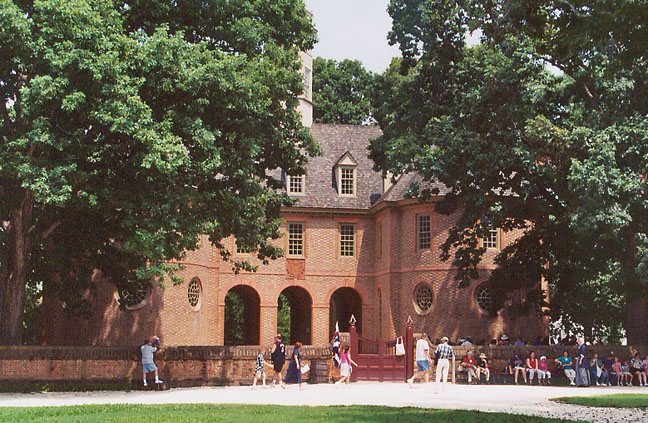
Colonial Capitol
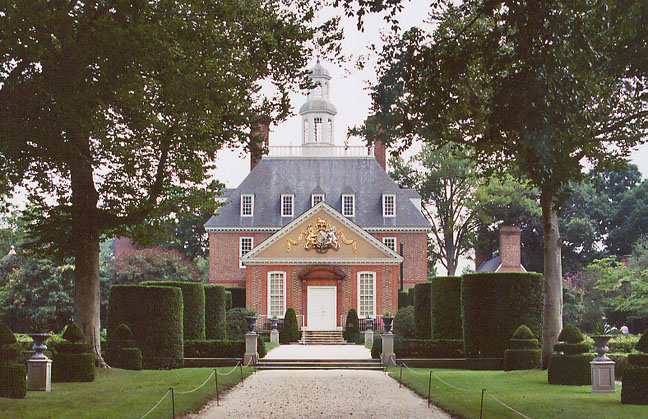
Governor's Palace

Courthouse

Magazine
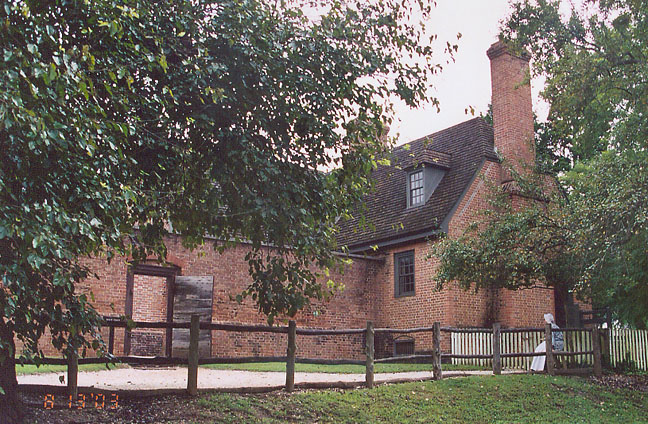
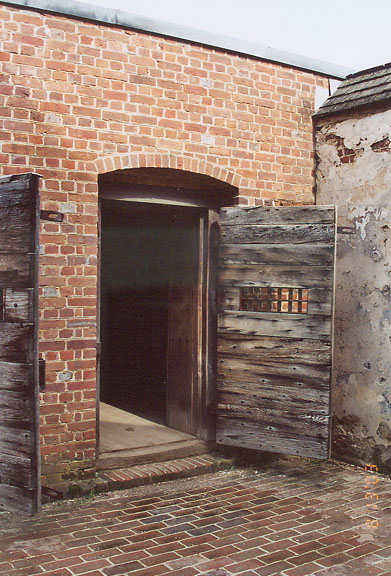
Public Gaol (jail)
More Photos of Public Buildings
Among the most notable structures are the State Capitol (rebuilt as it appeared in 1705), the Governor's Palace (reconstructed), the Peyton Randolph House, the Raleigh Tavern (reconstructed), the Public Gaol (1704), the Wythe House, and the James Geddy House (circa 1750).
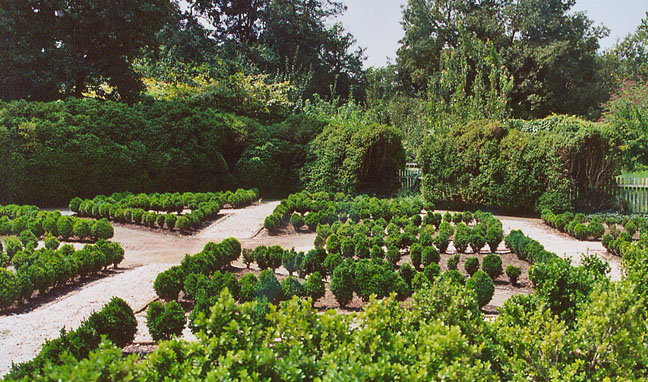
a Williamsburg garden
(extensive use of Box Wood)
Colonial Williamsburg also has small craft shops,
in which 18th-century trades such as boot making, silver-smithing, and jewelry
making are demonstrated. Points of interest near Colonial Williamsburg include
the Abby Aldrich Rockefeller Folk Art Center; Busch Gardens, an amusement park
featuring structures reminiscent of 17th-century Europe; and Carter's Grove
Plantation, with a mid-18th-century mansion. Population 9,870 (1980); 11,530
(1990); 11,971 (1998 estimate).
Text from Microsoft Encarta
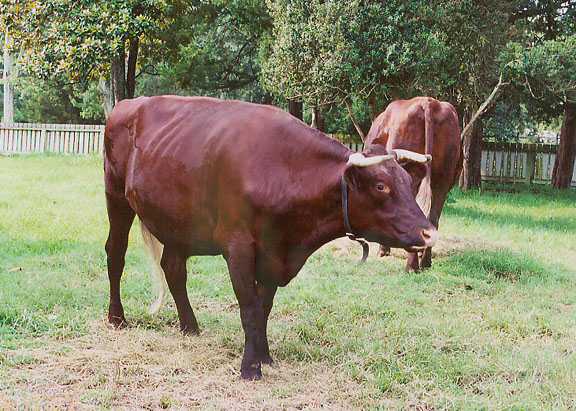
oxen
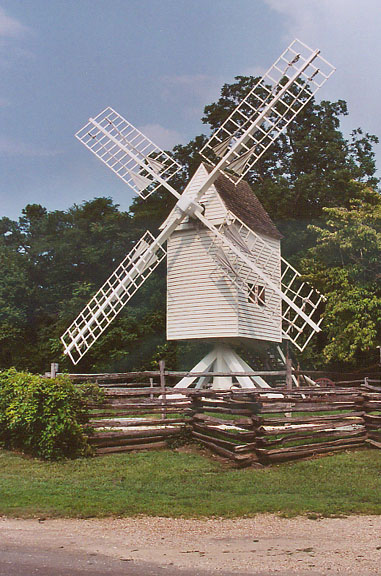
windmill
![]()
Photos from an Elderhostel program in Williamsburg
![]()
![]()